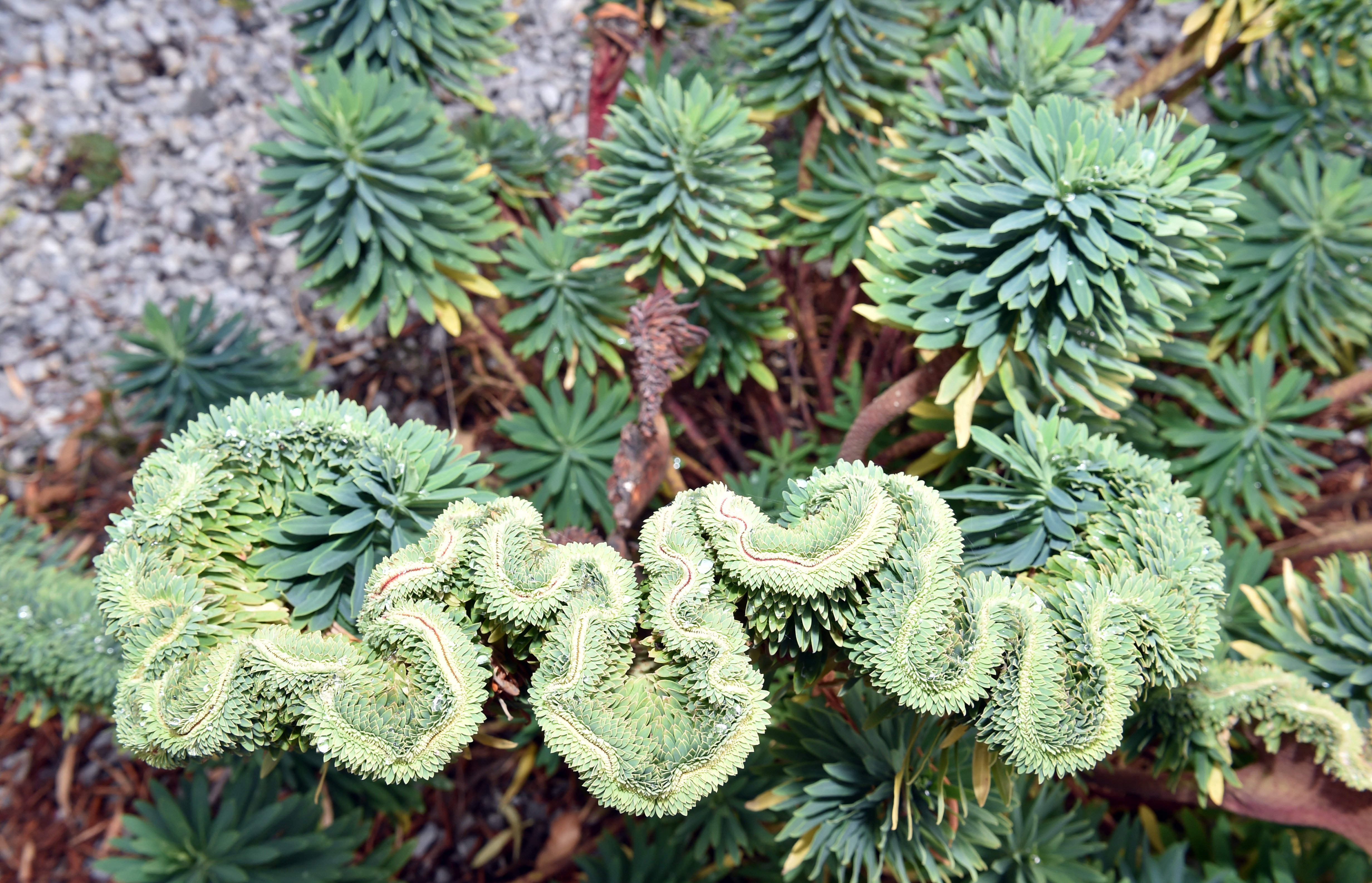
Although a rare occurrence, fasciation has attracted the attention of botanists and gardeners since the earliest of times and has been observed in hundreds of plant species, with some species seemingly more prone to this condition than others.
Fasciation is not well understood and may be caused by many things.
The bizarre growth often seems to appear by chance with no obvious cause at all. It may be that fasciation is caused by random genetic mutation in the plant’s growing tip, or that outside factors cause a hormonal imbalance within the plant that then triggers the strange growth.
Mechanical damage, bacteria, viruses, mites, genetics and harsh weather conditions are all possible factors causing fasciation.
Though fasciation leads to a significant difference in appearance, it has little effect on the health of the plant, nor is it transmissible to other plants.
The odd growth can be pruned out and the plant will likely grow normally again. Some fasciation in plants is even desired, becoming an interesting feature in the garden. Ugly or attractive, fasciation is always a fascinating sight.
See fasciation in action on the Euphorbia in the Mediterranean plant collection at the Dunedin Botanic Garden.
• Garden Life is produced by Dunedin Botanic Garden. For further information contact Kyla Mathewson.











